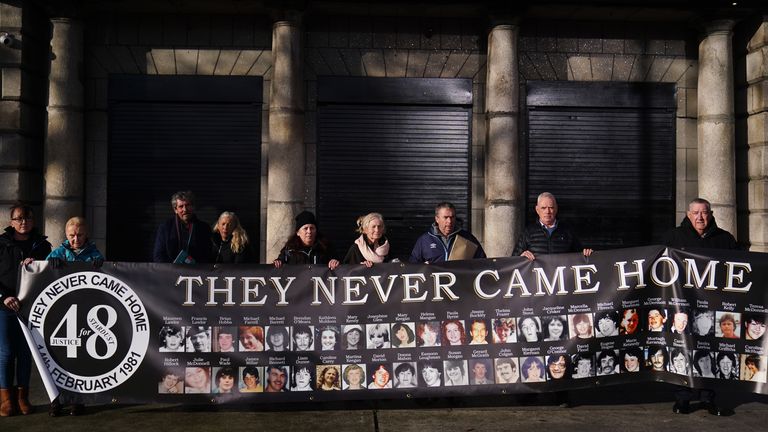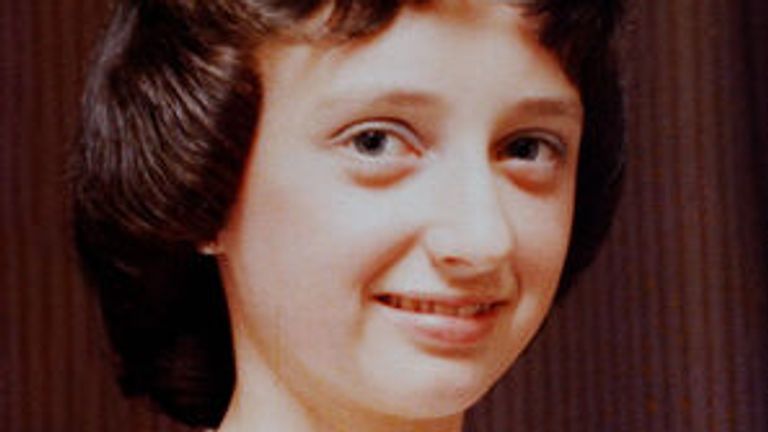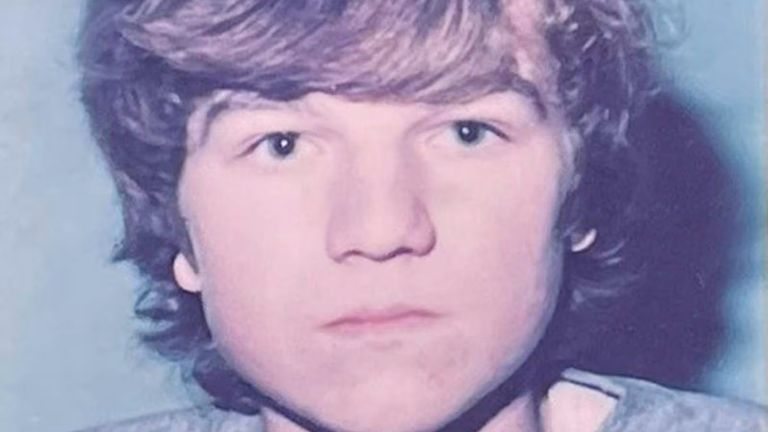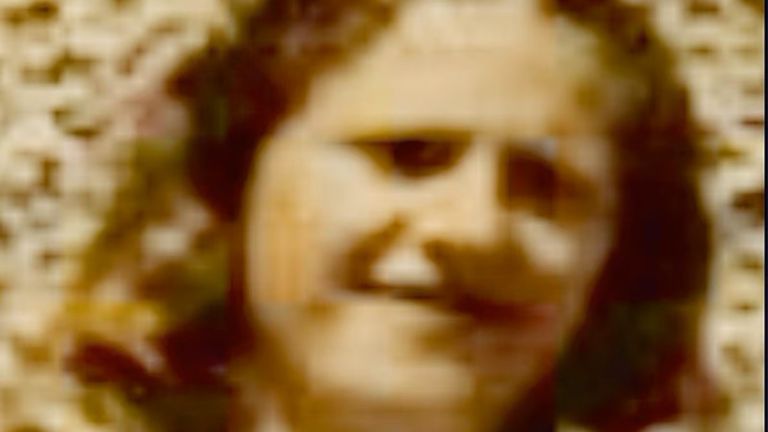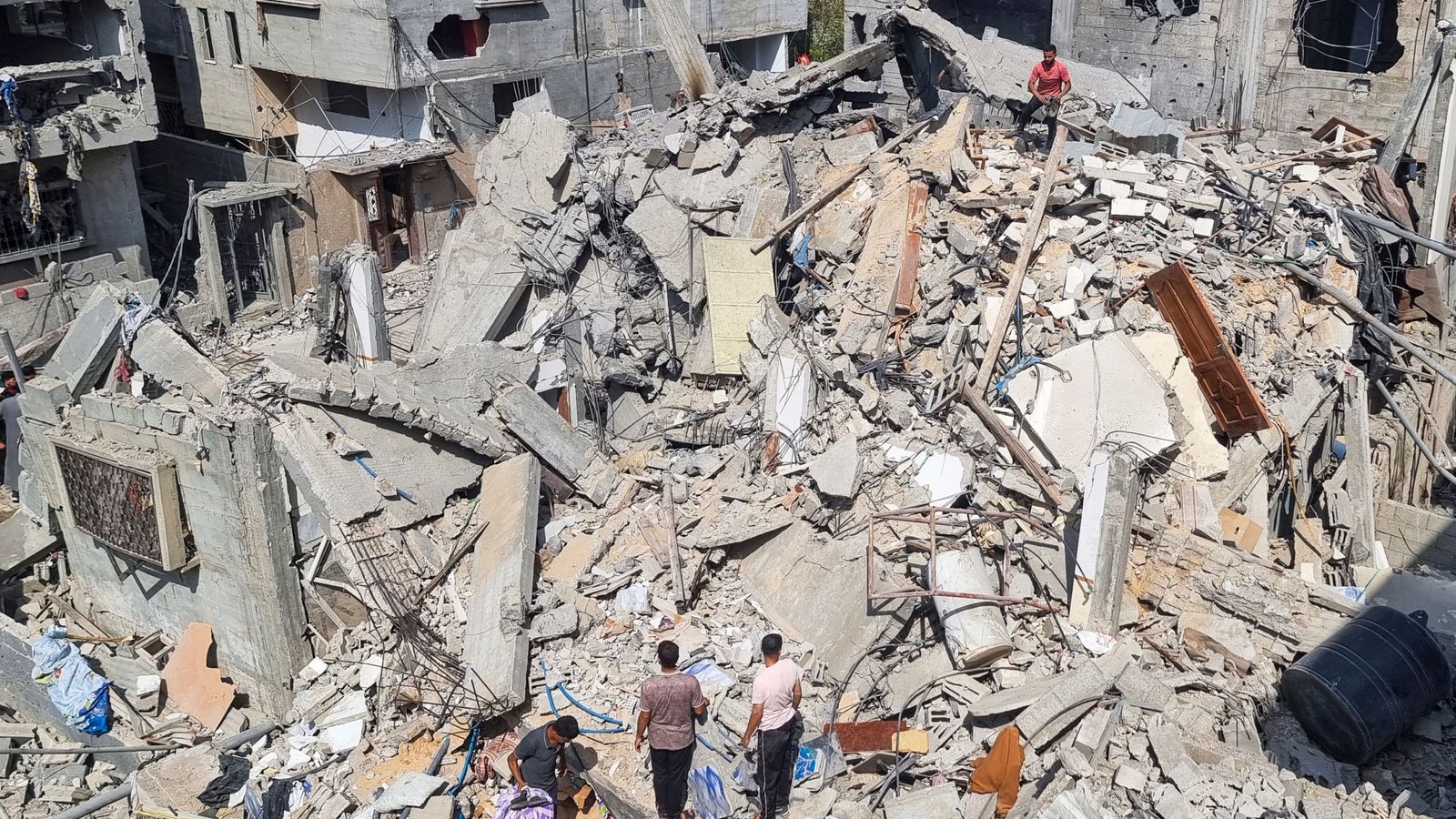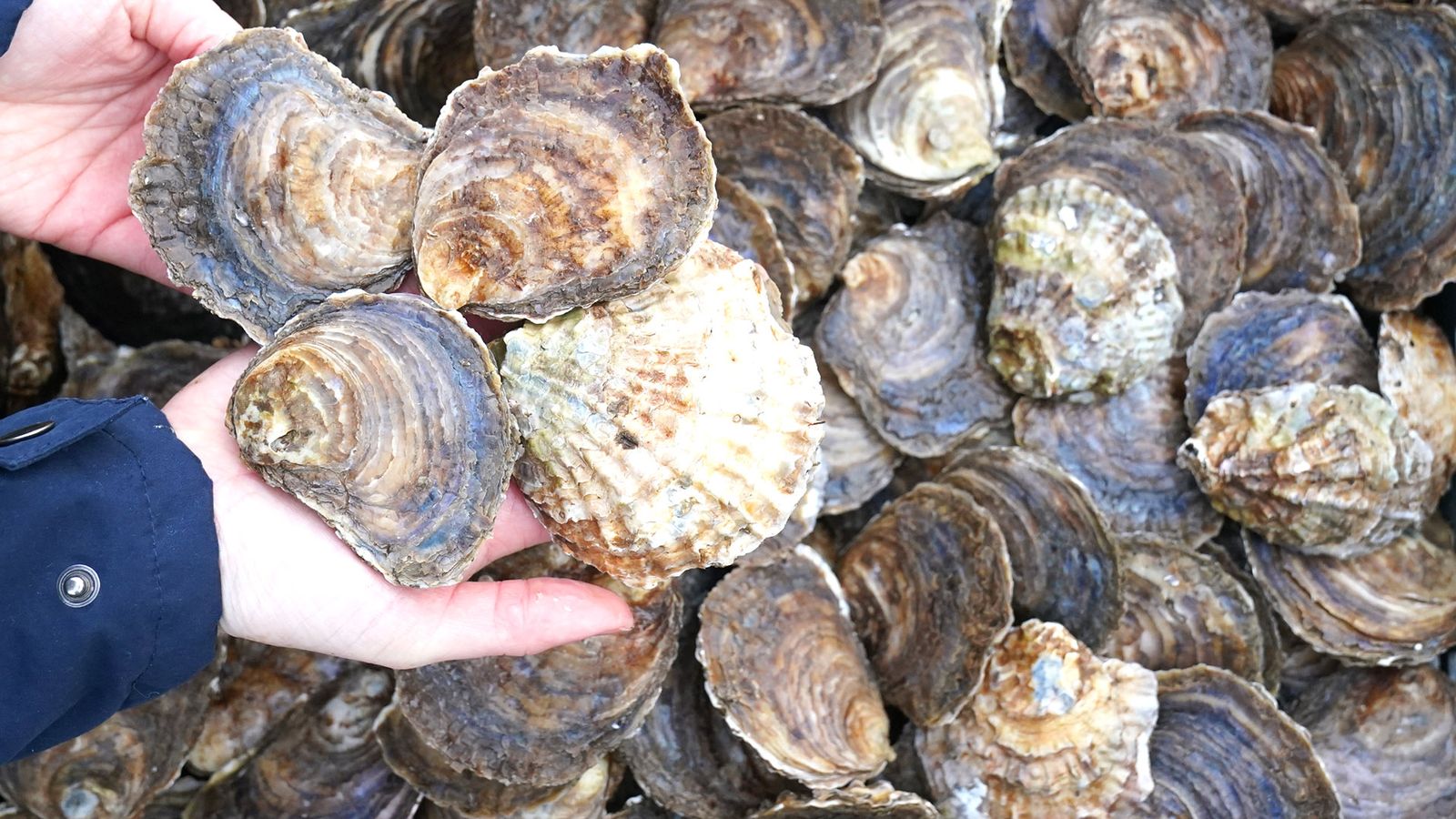
It was a night of giddy teenage romance that suddenly turned into Ireland’s worst ever fire disaster. The Stardust inferno killed 48 young people, injured hundreds more and led to a decades-long search for answers and justice.
Around 800 youngsters had made their way to the Stardust, a nightclub housed in a converted factory in the north Dublin suburb of Artane, on the night of 13 February 1981.
An evening of dancing and drinking on the eve of Valentine’s Day was promised. There was even a dancing competition.
Seventeen-year-old Marie Kennedy from nearby Kilbarrack was among the partygoers. “Disco dancing was her really big thing,” recalled her sister Michelle.
“She loved the Bee Gees, The Jackson 5, Leo Sayer and Abba. Her love of music and dancing was the reason she was in the Stardust on that night – she wanted to see the dancing competition.”
George O’Connor was also 17. His mother ironed his shirt while George got his hair just right. His sister Donna remembers “critiquing his outfit and telling him no girl would ask him to dance dressed like he was”.
The night of revelry was passing unremarkably until the small hours of Valentine’s Day.
Suddenly, at around 1.40am, a fire was spotted in a sectioned-off area of the ballroom known as the west alcove.
Witnesses remember hearing a bang
As the alarm was raised, the fire spread at a terrifying pace.
The DJ halted the music and asked people to evacuate. Witnesses remember hearing a bang, and the power failed.
As panicked patrons fought to find exits, molten ceiling material showered down on them in the darkness, which was filling with noxious smoke and fumes.
Survivors reported seeing exit doors chained and locked, adding to the chaos.
The inquest heard that most of the victims were already dead by the time the first fire engines arrived at the scene. The firefighters found unimaginable carnage; heaps of bodies and body parts.
Fireman James Tormey entered the club to find a “massive glow with intense heat”, and his ears started to burn as they weren’t covered by his equipment.
He found a man’s torso clad in a red jumper near one of the exit doors. He was “just two or three steps” from safety, the firefighter told the inquest.
‘They were trying to comfort each other before their demise’
Mr Tormey also discovered the bodies of two young people “arms around each other and the bodies were fused together as one”. He said he believed they were “trying to comfort each other before they met their demise”.
Another firefighter, Noel Keegan, saw six to eight bodies piled on top of each other in the toilets. Another was inside an exit, still on fire.
He remembered another body near the toilets appeared to have been trodden on.
“It was burnt beyond recognition and the intestines were showing,” he said.
A fleet of ambulances and taxis took the dead and dying to several Dublin hospitals, which were in danger of becoming overwhelmed by the casualties.
Marie Kennedy and George O’Connor were among the 48 who did not make it. It was soon clear that this was a tragedy unlike anything Ireland had seen.
Compensation payout for owners infuriated relatives
The demand for answers started immediately. Later in 1981, a tribunal found no definitive origin for the fire, but that the “probable cause” was arson. This infuriated survivors and relatives of the dead, who saw it as victim-blaming.
And so a long campaign began. The finding of arson not only protected the nightclub’s owners, the Butterly family, from any criminal charges or civil lawsuits, but also entitled them to compensation.
They were awarded IR£581,000 from a Dublin court in 1983.
Read more on Sky News:
Extreme rainfall saturates farms – and may make food pricier
Hull: The city where hundreds of failed asylum seekers go ‘under the radar’
The Stardust families were enraged, but it took until 2009 for a new independent review to finally dismiss arson as a cause.
That was one victory, but fresh inquests remained elusive. After years of pressure and lobbying, a new inquest into the Stardust deaths was eventually ordered in September 2019, but agonisingly for the families, didn’t get under way until 2023.
At an anniversary event in 2022, Samantha Mangan, whose mother Helena was killed, told Sky News that the new inquest couldn’t come soon enough.
She said: “It’s like a brick, it’s killing me. It feels like there’s a chain around my neck. I can’t move forward until I find out what happened to her and why she didn’t come home.”
Scar on the city
Now, after nearly a year of hearings and 373 witnesses, the bereaved families are at the end of the inquest process.
In the decades since the inferno claimed their loved ones, the word Stardust has become synonymous in Ireland with tragedy and injustice on a massive scale.
Much like “Hillsborough” on Merseyside, or “Grenfell” in more recent times, the mere mention of “Stardust” can evoke pain and anger in Dublin – the mass death of innocents, exacerbated by an exhausting battle for answers by those left behind, who perceive an ingrained socioeconomic bias against their cause.
Time will tell if that scar on the city’s story will now begin to fade.
Those who never came home – some of the Stardust victims:
Caroline McHugh (17): A lover of singing, swimming and Enid Blyton books, Caroline’s parents allowed her to skip a family wedding in Manchester to stay in Dublin and go to the dancing competition in the Stardust, a decision which has haunted them ever since.
Phyllis and Maurice McHugh were “advised not to see the remains because of severe burns and that she had no hair, was unrecognisable and unidentifiable.
“We were informed that Caroline had been bagged and tagged as number six.”
Michael Barrett (17): “Michael was always smiling and had an infectious laugh”, recalled his mother Gertrude, who was “catapulted into unimaginable grief and sorrow.”
She spent four days at the morgue. “Michael would be the last identified victim of the Stardust… as a family we will never recover.”
Caroline Carey (17): “Our beautiful, bubbly, witty Caroline is gone”, said her sister Maria. “While watching news reports on TV, we saw Caroline being carried out in the arms of a fireman.
“He placed her down and tried to resuscitate her, but it was too late. There wasn’t a mark on her. Even her nails were perfect.”
Jim Millar (21): From Belfast, Jim was encouraged to move to Dublin by his father to escape the devastation of The Troubles.
“Our dad blamed himself for Jim’s death”, said his sister Laura.
“Maybe seeing justice being done will help a little, but it’s been a long time coming. Too long. Maybe then, they all can rest in peace at last.”


